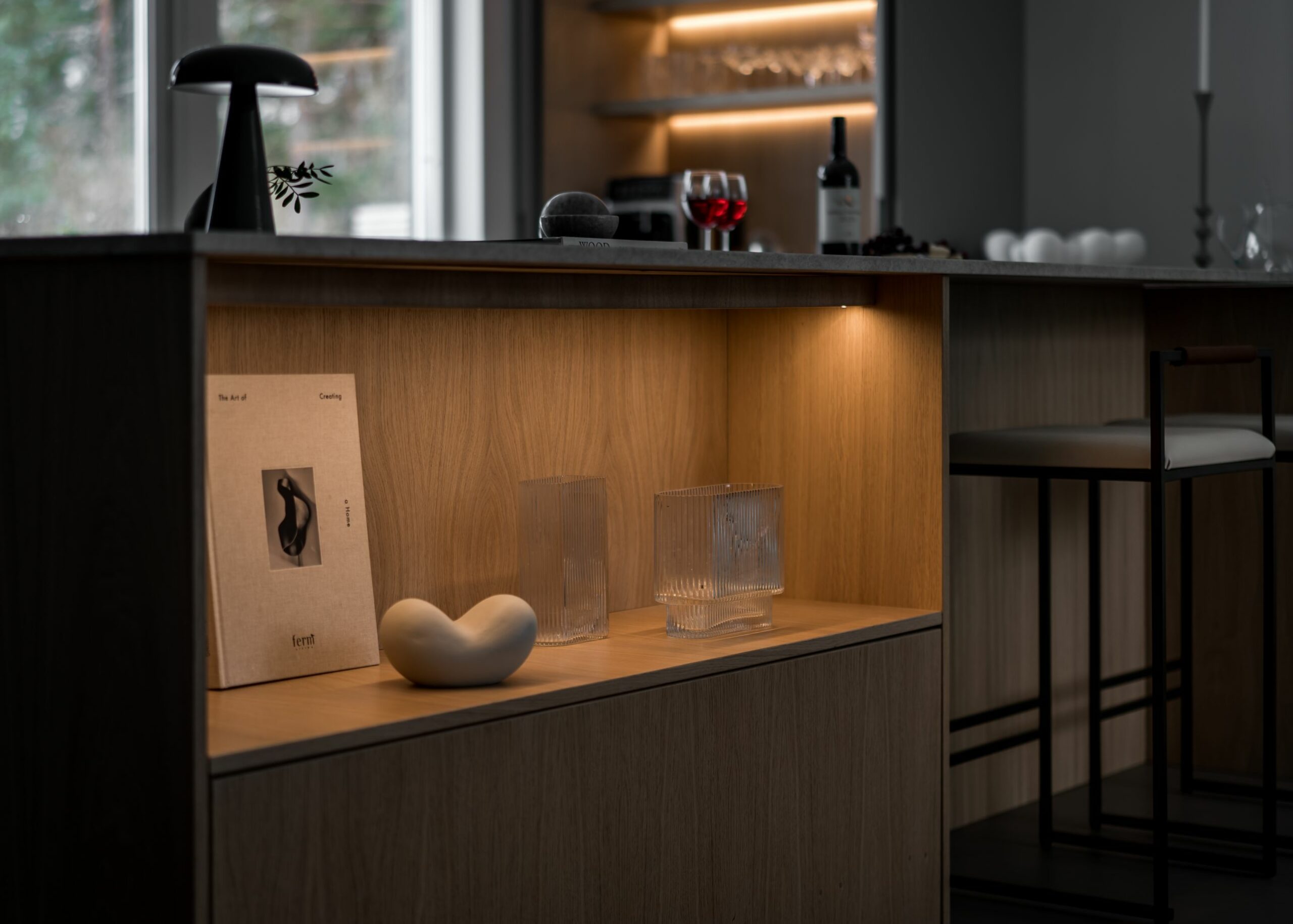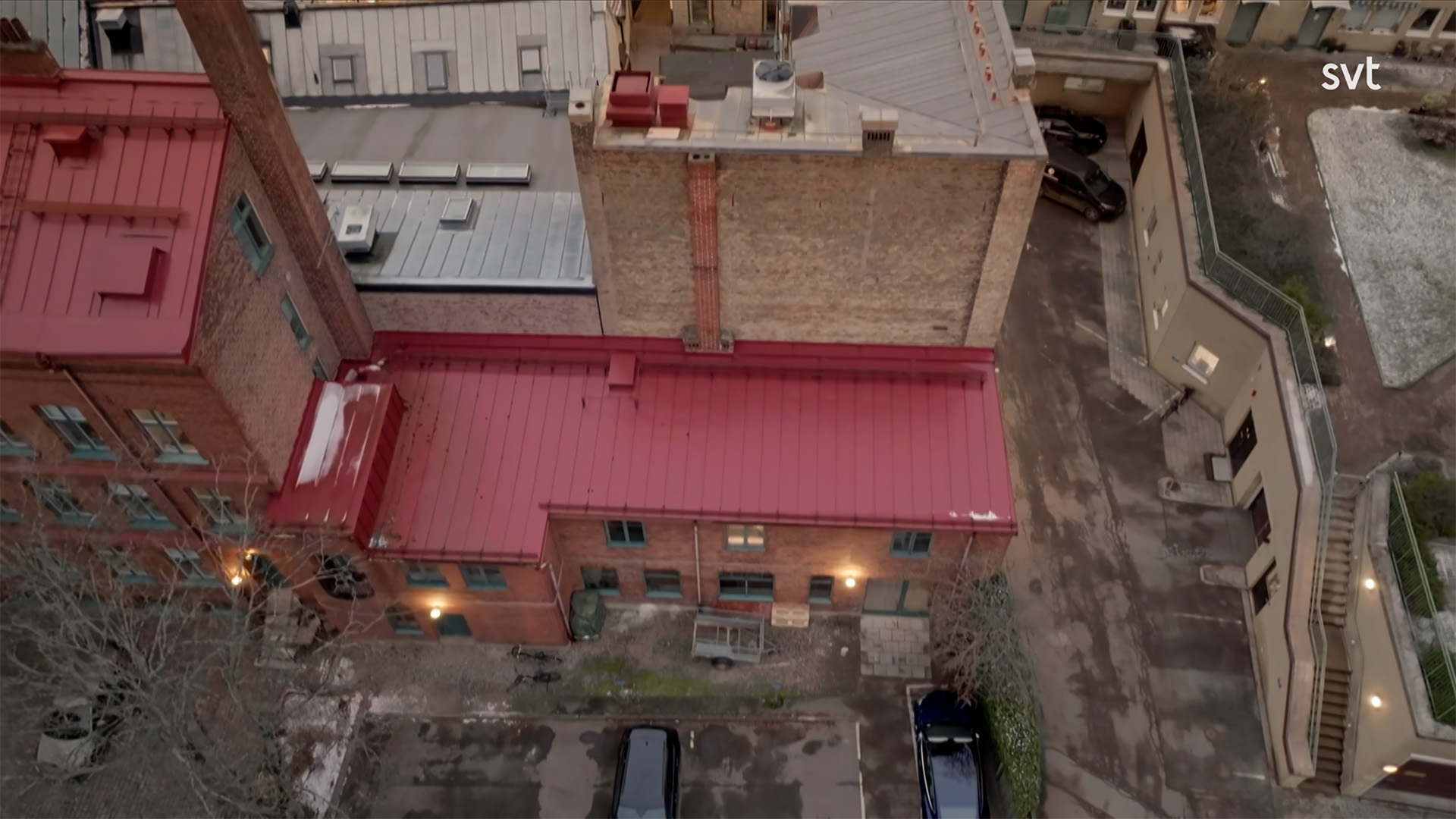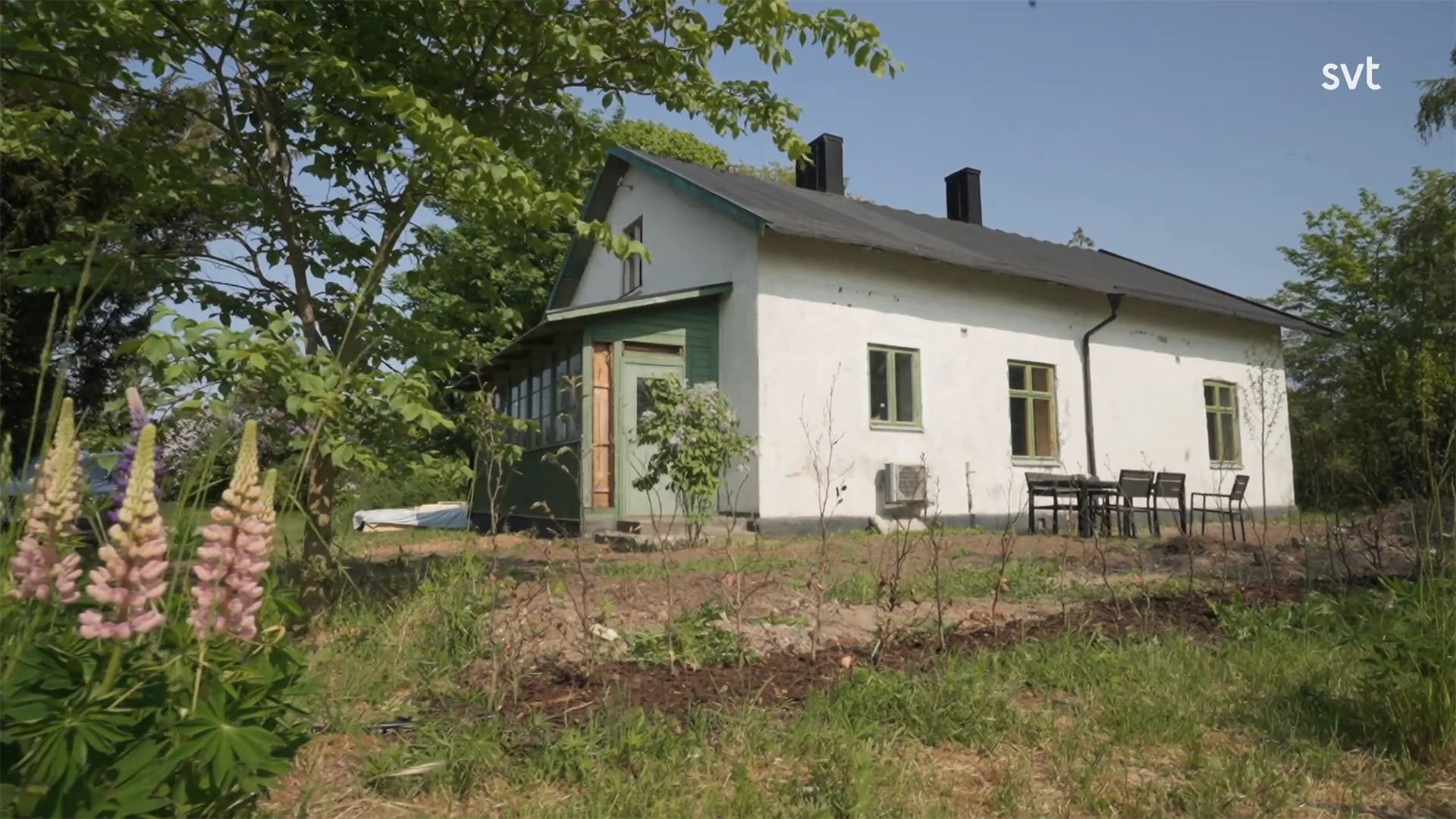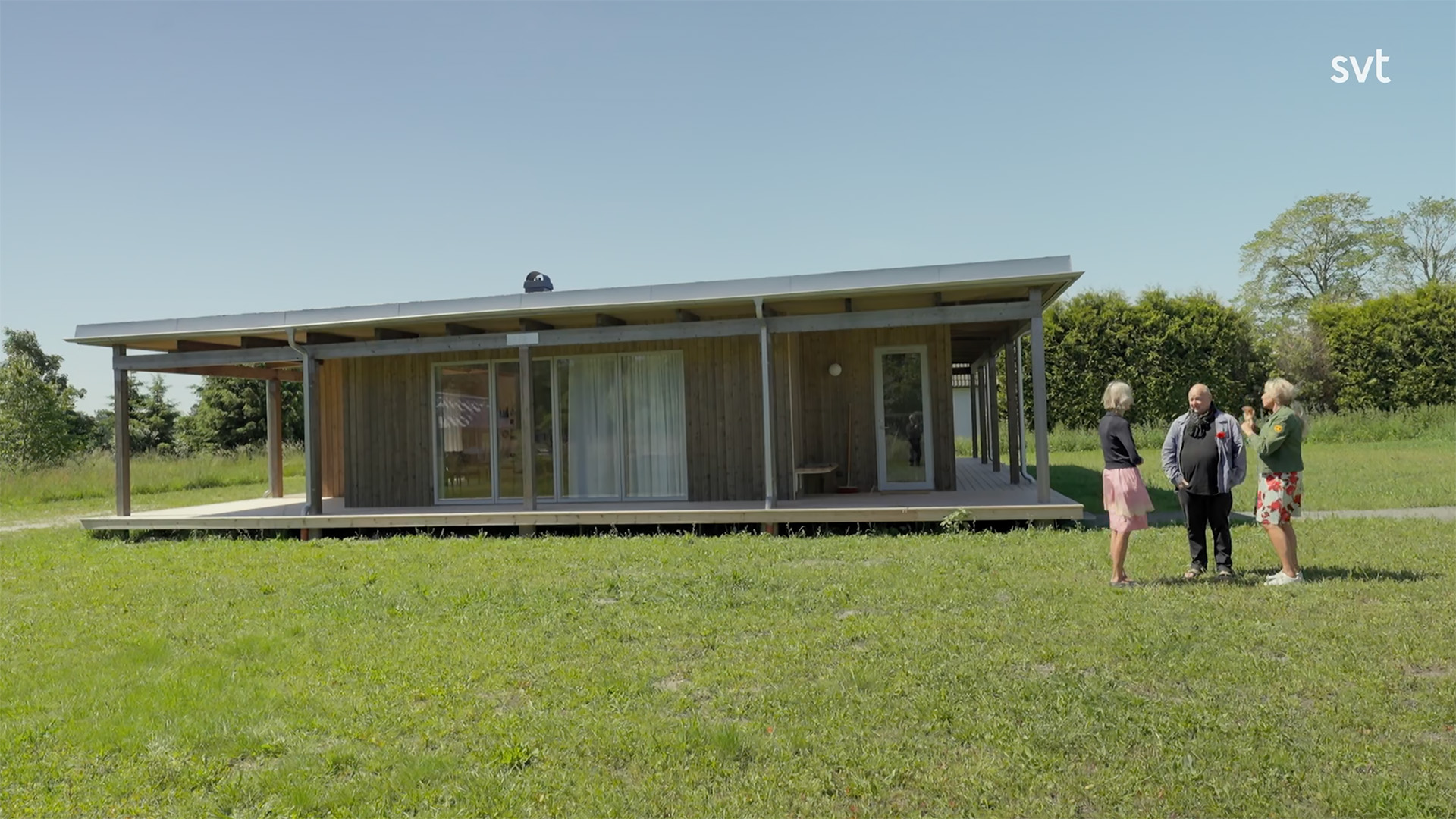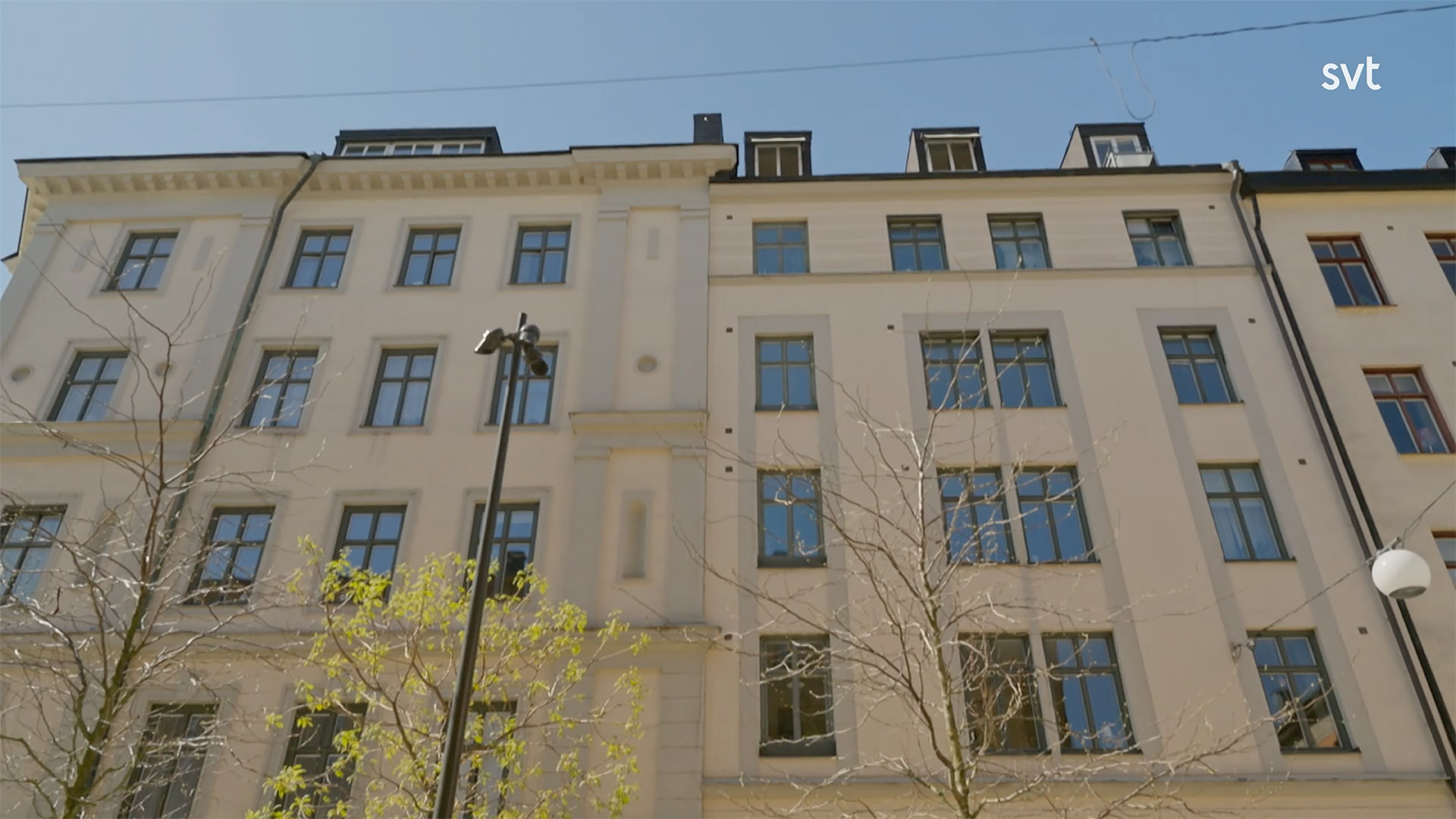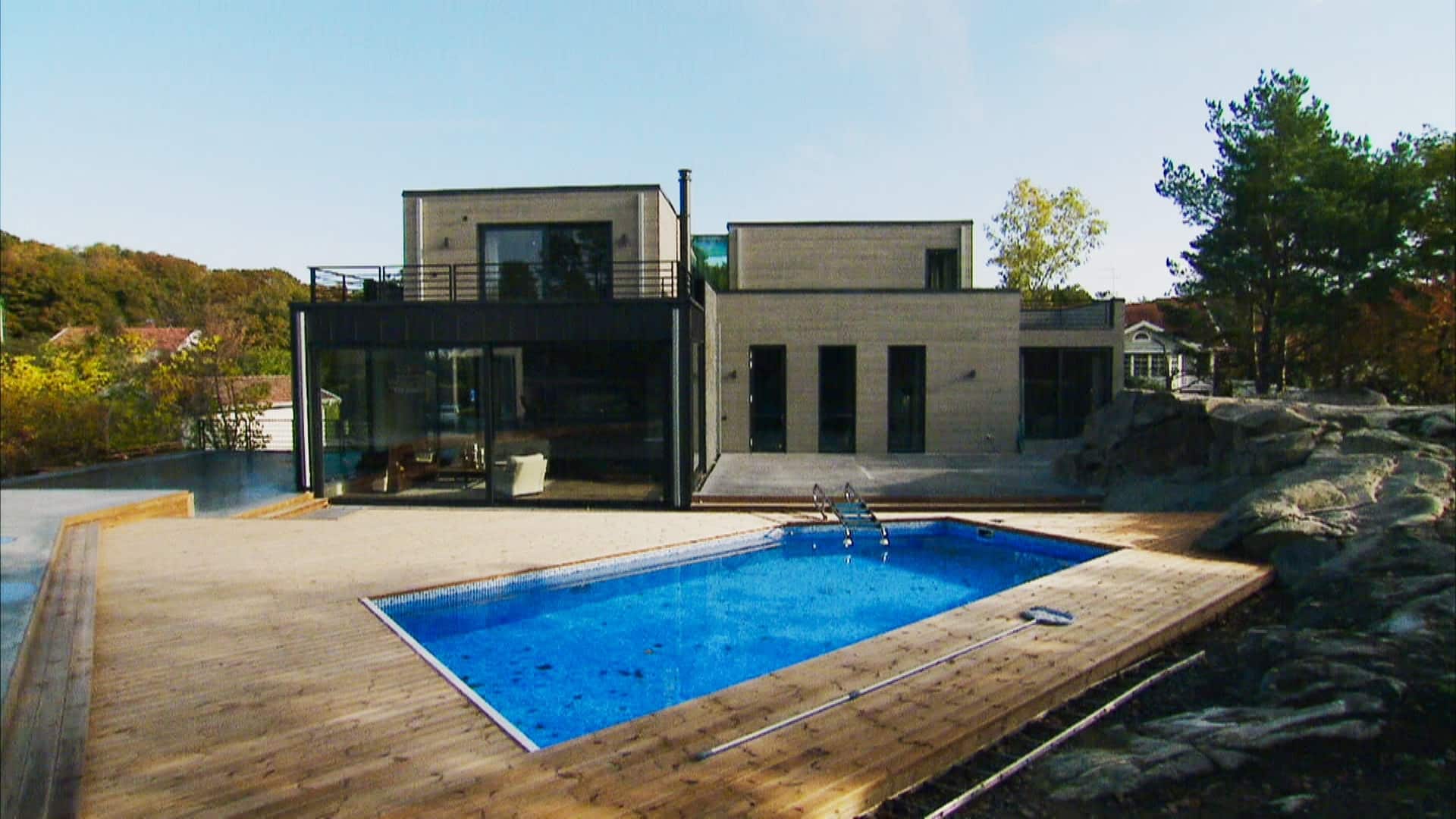The rowing tax credit 2020 – How it works for different types of housing
The root deduction is a deduction that makes it possible to claim a tax deduction for the cost of repairs, maintenance, alterations and extensions to your home. What is important to know is that the rules differ depending on whether you live in a detached house, condominium or owner-occupied apartment. Here is an overview of what services are covered and what is not for each type of housing.
Root deduction for small houses
For single-family houses, you can get a root deduction for a range of works, such as
- Construction works: Renovation of facades, roof replacement, and remodeling of the floor plan.
- Electrical installation: connection of electricity, installation of charging points for electric cars, and installation of recessed spotlights.
- Earthworks: drainage, installation of water and sewerage lines.
However, it does not include, for example, fence repair, pest control or outdoor pool construction.
Root deduction for housing rights
For condominiums, the root deduction is limited to work inside the apartment, for example:
- Replacement of kitchen cabinets and flooring.
- Demolition of walls to change the floor plan.
- Installation of fixed kitchen fittings and electrical work within the dwelling.
However, you cannot claim deductions for work on common areas, such as facades and stairwells, or for building balconies.
Root deduction for owner-occupied apartments
Similar rules apply to owner-occupied flats as to houses. You can get deductions for example:
- Repair of facades and roofs.
- Installation of electricity and plumbing.
- Drainage works and extensions connected to the existing dwelling.
Non-eligible works include new construction of detached buildings and maintenance of fences or walls.
Executive summary
The root deduction is a useful tool to reduce the costs of renovation and maintenance, but it’s important to know the rules that apply to your particular type of housing. For the work to qualify, it must be carried out by an approved contractor and the work must meet the requirements of the Swedish Tax Agency.
If you’re planning to renovate, make sure to research which services are covered to maximize your root deduction!

